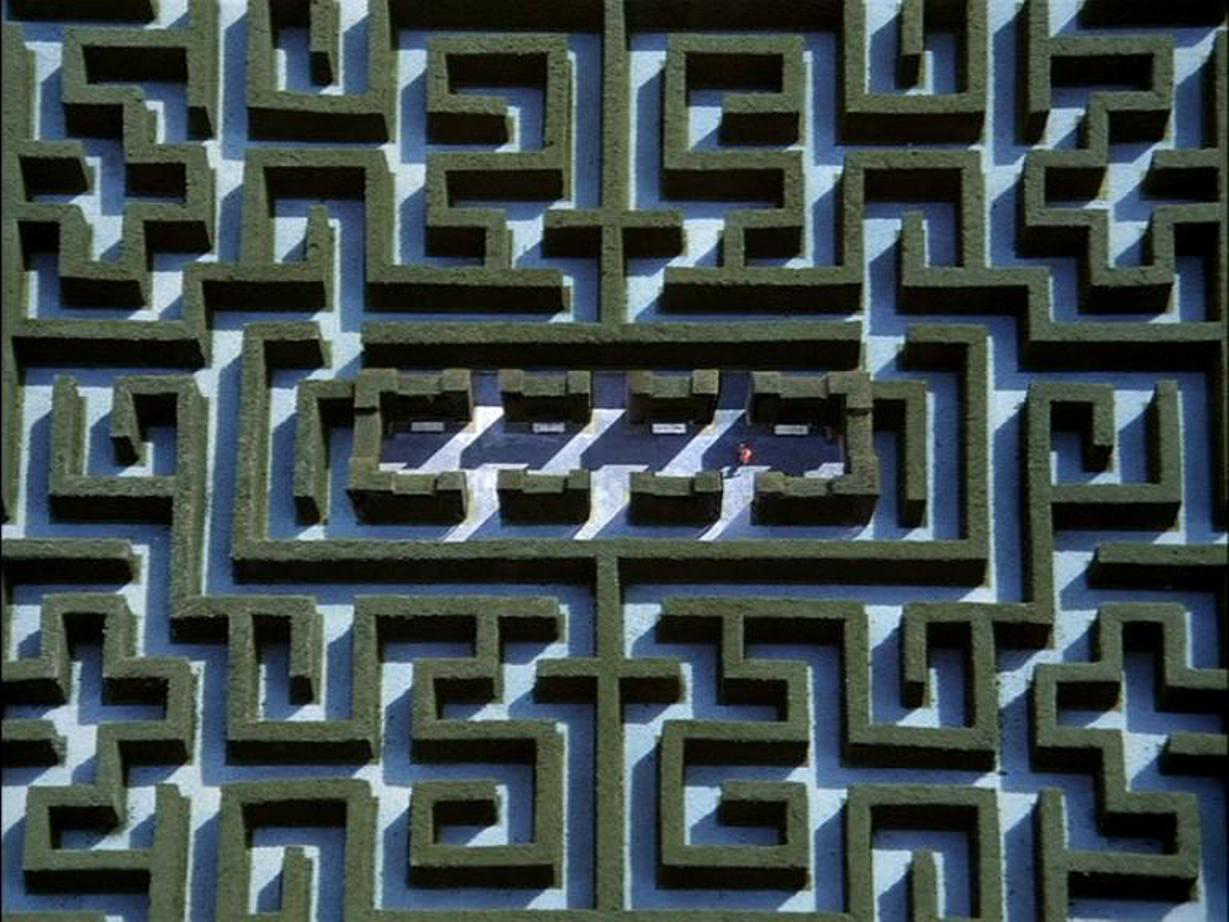 As seen at Malmo Festival 2009, rocking out to Gang of Four
As seen at Malmo Festival 2009, rocking out to Gang of FourSeptember 30, 2009
September 23, 2009
Asteroids under your belt




The ultimate reflection of greatness is surely when an asteriod is named in your honour. Admittedly there are some questionable inclusions into this illustrious list - 110393 Rammstein, 8299 Tealeoni, 8353 Megryan and 7707 Yes - so it is important to remember the people with the power to name asteroids are probably huge fans of Yes' music and Tea Leoni's acting abilities, and there is always some chaff amongst the wheat.
September 22, 2009
King of the Jungle
The 5" shag-pile of the Jungle Room is unnatural. Furnishing the Jungle Room with a lavish and undeniable opulence, it is a covering - between the architecture of the house and the body of the inhabitant - that is utterly useless, obsolete, absurd, and fatally anaesthetised. The luxuriant shag-pile is sublimely artificial - even more so than the faux-Hawaiian furnishings of the room - and is splendidly formless (rather than form-giving). In actuality, the essential element of of the carpet of the Jungle Room - rather than defining space - is that it is de-forming rather than forming. Elvis covered not only the floor of the jungle room with shag, but the ceiling as well.
The final moment's of Elvis's recording career took place in the Jungle Room. From its inauspicious beginnings in the bleak hardness of the acoustically tiled walls and stained linoleum floors of Suns Studio's cramped recording room, the recording career of the King - who had sold enough records to stretch around the globe twice - disolved into the formlessness of the den's carpet: a dissolute forlessness apparent in the in the album recorded there. In February, 1976, his final studio album was recorded at Graceland, as a result of his refusal to leave the house. 'The musician's equipment had to be lowered in through the windows of the Jungle Room den. But after everyone had assembled, Elvis refused to come downstairs. He said he was sick.'
-Excerpts from Campbell, Mark, Green Carpet Ceilings: The Textile Art of Elvis Presley, The Pander, March 1999, p8-15.

September 20, 2009
Purple Reign
Purple Reign - slideshow. Prince to Queen via Life Magazine archives. Shown at Magazine, Gambia Castle, April 2009.
September 18, 2009
Ode to the Road
Good times, great rock n' roll.
September 16, 2009
The Space/Time Continuum

Time&Space were a little known duo originating from Auckland, New Zealand in the mid 70’s. One of the multitude of bands never to make it further than playing funerals and weddings, their career peaked playing support for Dragon and Hello Sailor at their house in Ponsonby. Celebrated by the avant-garde Auckland scene for their experimental use of tambourine and pan pipe backing tracks, Time&Space were rumoured to have inspired author Maurice Gee with their only recorded single “The Gift of Oblivion”, a phrase which reappeared in Gee’s much loved children’s classic, Under the Mountain.

Rachel & Theo in the cult classic television series Under the Mountain, 1981.
Wasting away in Key Largo


Mac Arthur Park: we’ll never have that recipe again.
Key Largo: Just like Bogey & Bacall


Superstar: I fell in love with you, on the radio.
Sukiyaki: the peak of Japanese crooning.













